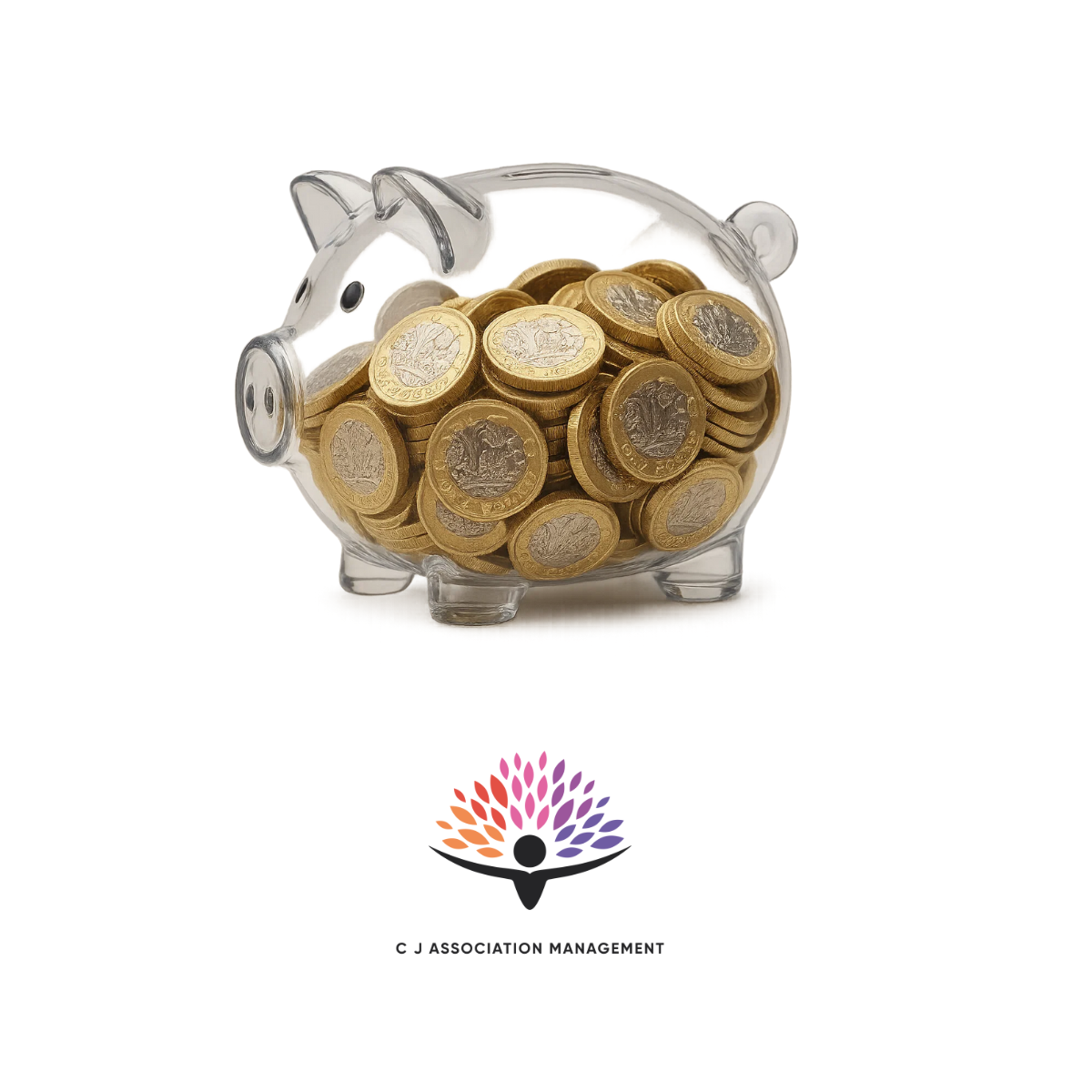In today's increasingly connected world, members expect more than just newsletters and renewal notices from…
Creating a social media policy
With news this month that UK Prime Minister David Cameron name-checked a ‘fake’ account in a tweet, it’s clear that not even world leaders are immune to Twitter blunders. Earlier this year, disgruntled employees at HMV took over the company’s Twitter stream and used it to voice their concerns about redundancy issues, causing a social media nightmare for the HMV marketing team.
So how can organisations take action to avoid social media shame, protect their brand identity and keep their messaging on track? The first step is creating a good social media policy.
1. Choose a social media manager
The responsibility for running Twitter and Facebook accounts should rest with a dedicated social media manager. This should be an experienced social media user with a high level of integrity and plenty of great content ideas.
2. Keep a strategic focus
Social media should be closely integrated with your overall marketing strategy. Your social media plan should include clearly defined objectives, KPIs and measurement techniques, and a firm vision of ‘what success should look like’ established from the start.
3. Stick to approved topics
The content of any tweets, posts, pins or shares should be carefully controlled, with the social media manager sticking to approved topics and avoiding politically sensitive or controversial issues. Creating a social media calendar can be a good idea, with company news supplemented with topical content and information relevant to the target audience.
4. Set style guidelines
The ‘personality’ of the company should be clearly understood by the social media manager and wider marketing team. Setting guidelines on language, tone and style is vital to preserving the company’s social personality. The human face of the company should be carefully aligned with the company’s brand values.
5. Formulate a crisis management plan
Establishing a clear plan of how the company will respond in the event of a social media crisis is fundamental and should play a central role in any good reputation management strategy. Bad news travels fast, so it’s essential to plan in advance for potential crises and put procedures in place to deal with unexpected situations calmly and effectively.
Decide who will be the ‘face’ of the company in the event of disaster, and respond using the most appropriate channel, which could be YouTube or Facebook, or could mean inviting a disgruntled individual to a face-to-face meeting. Whatever happens, it’s important to respond quickly and nip the matter in the bud before it becomes a social disaster.



